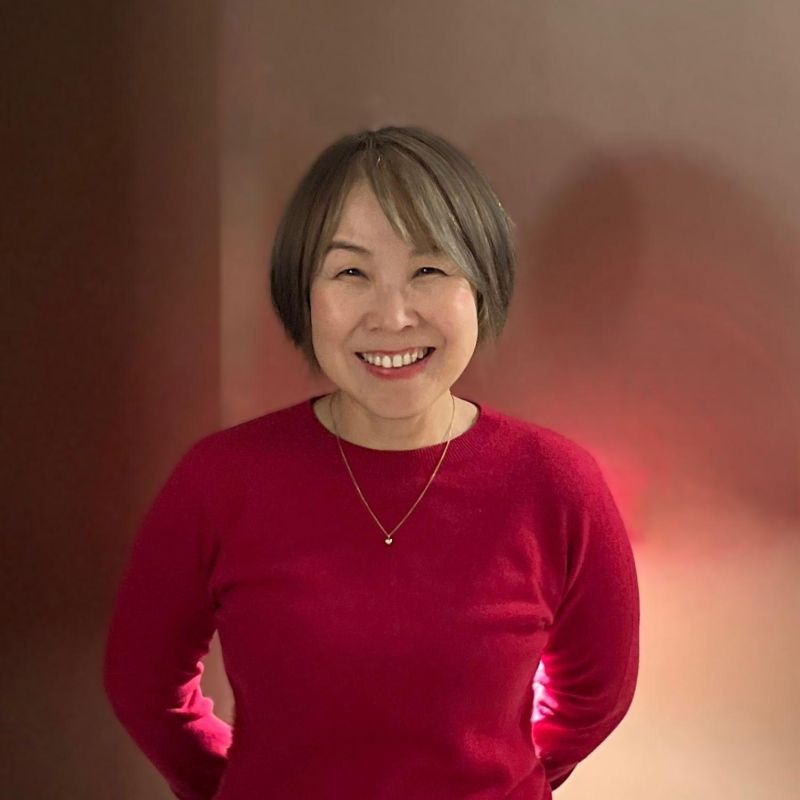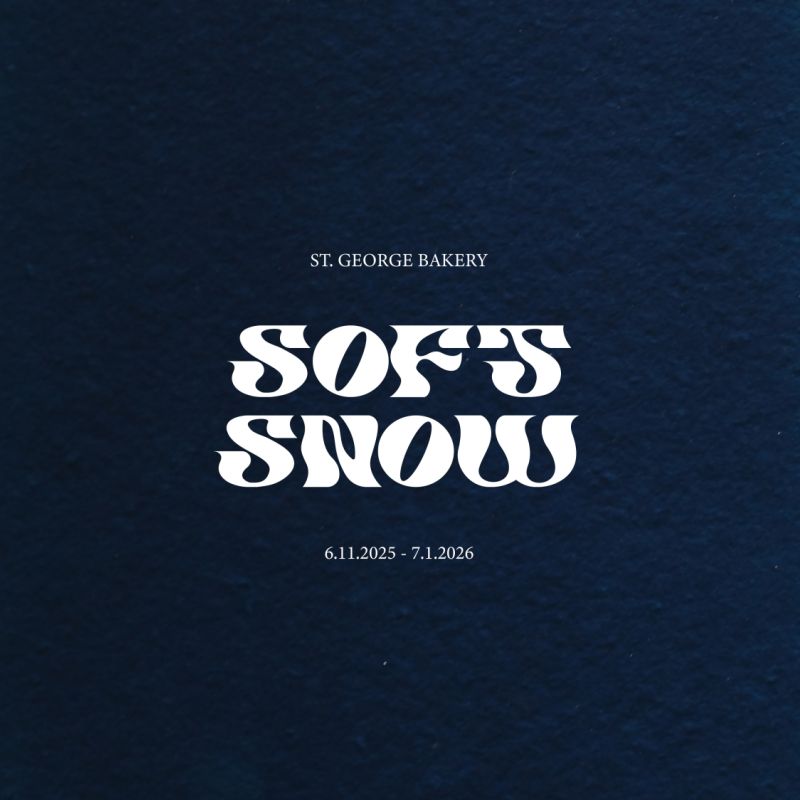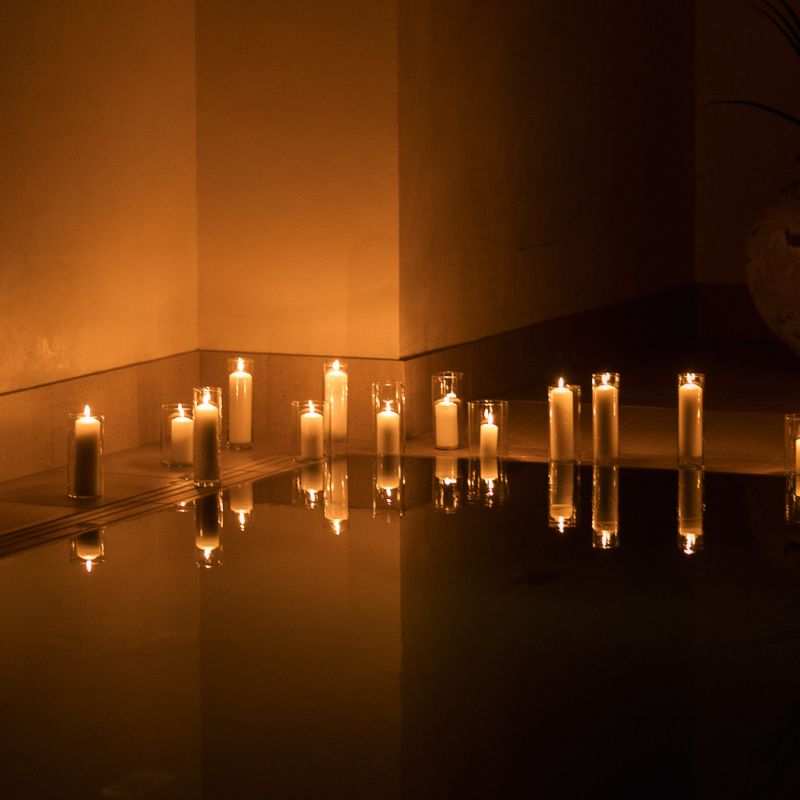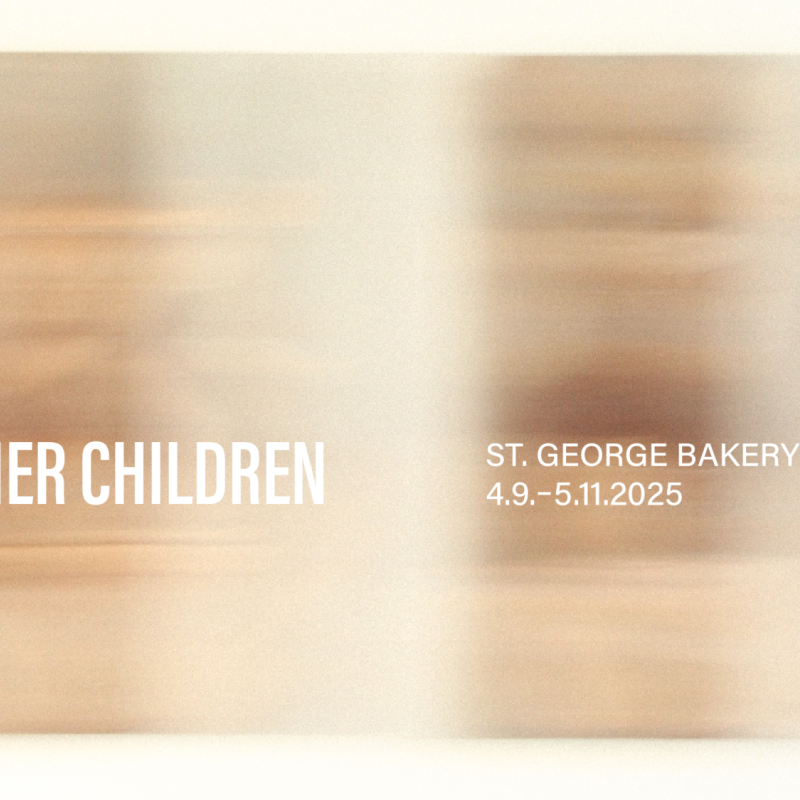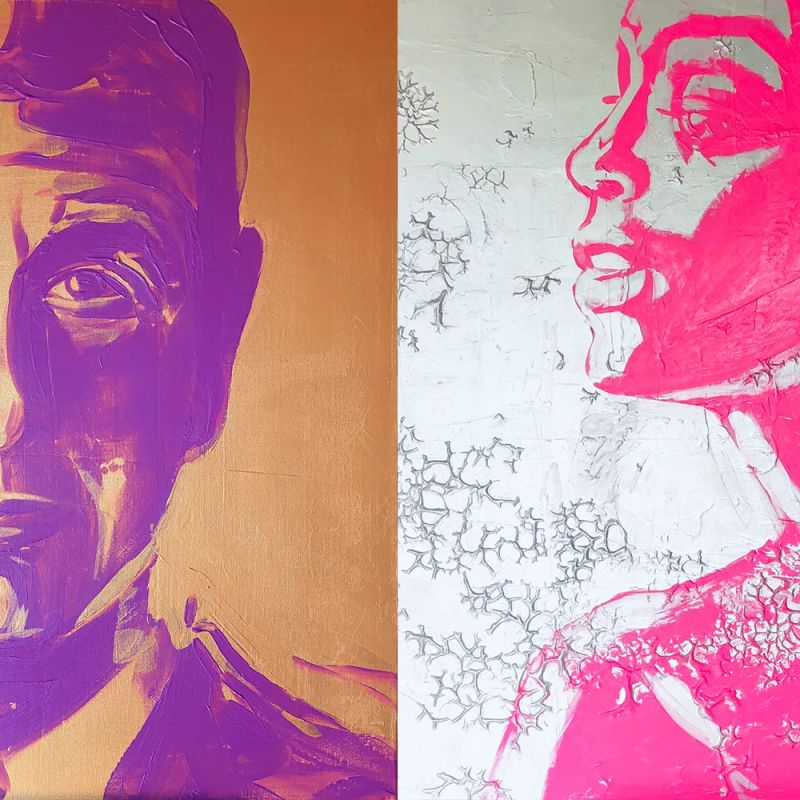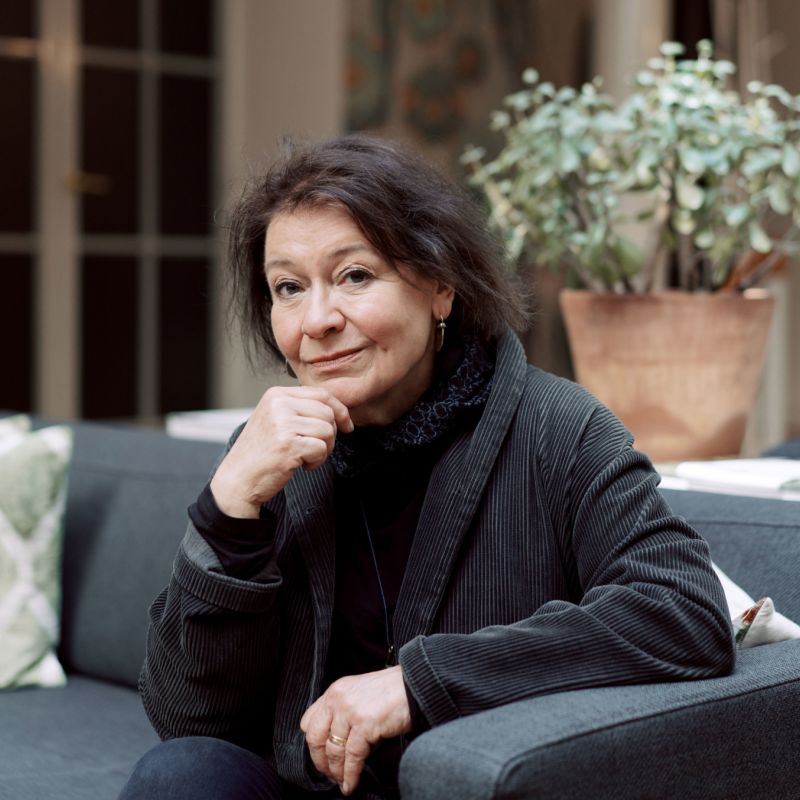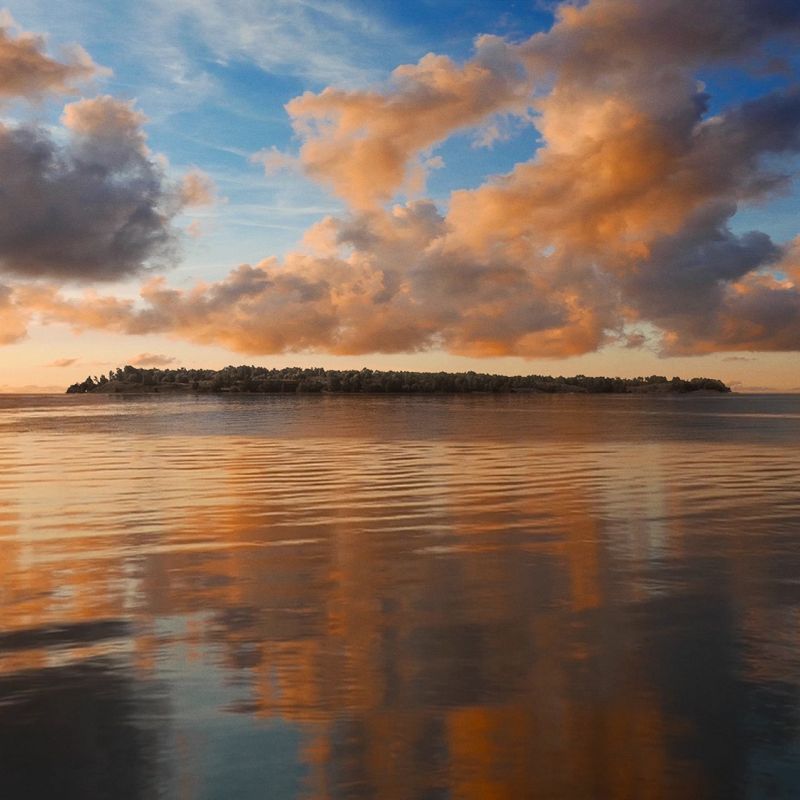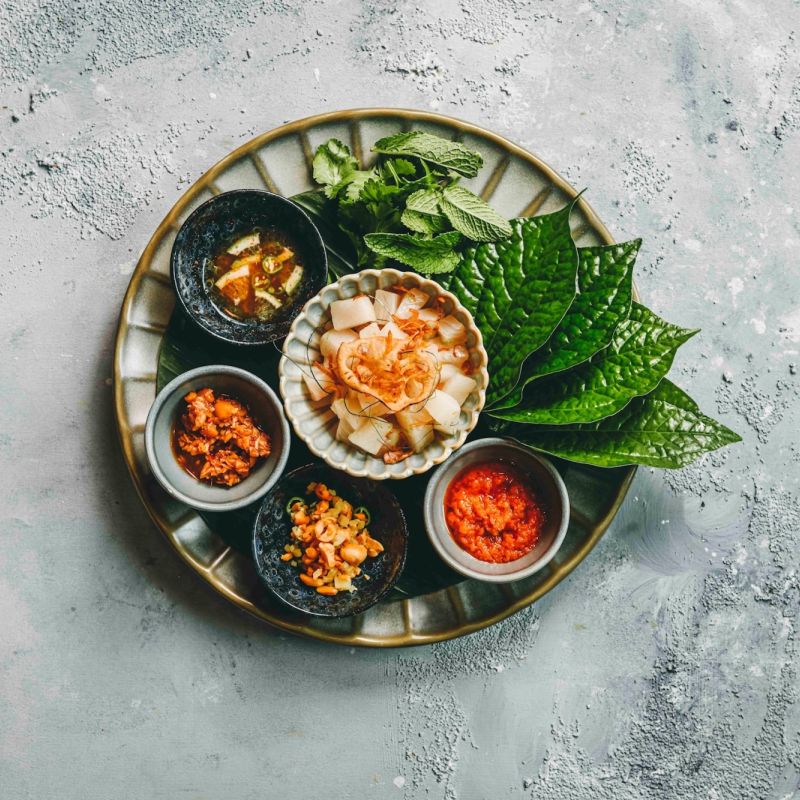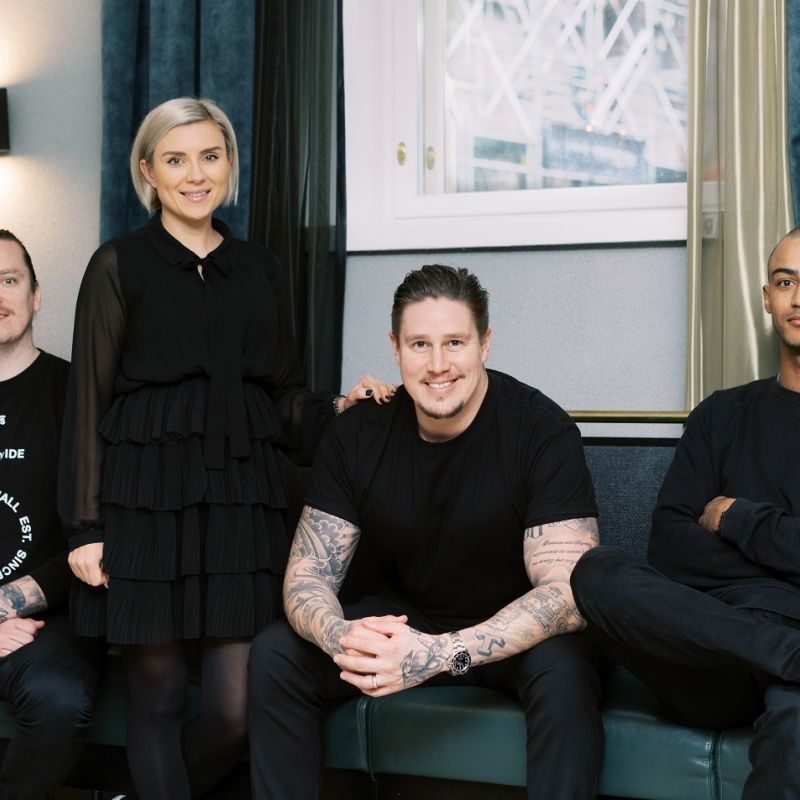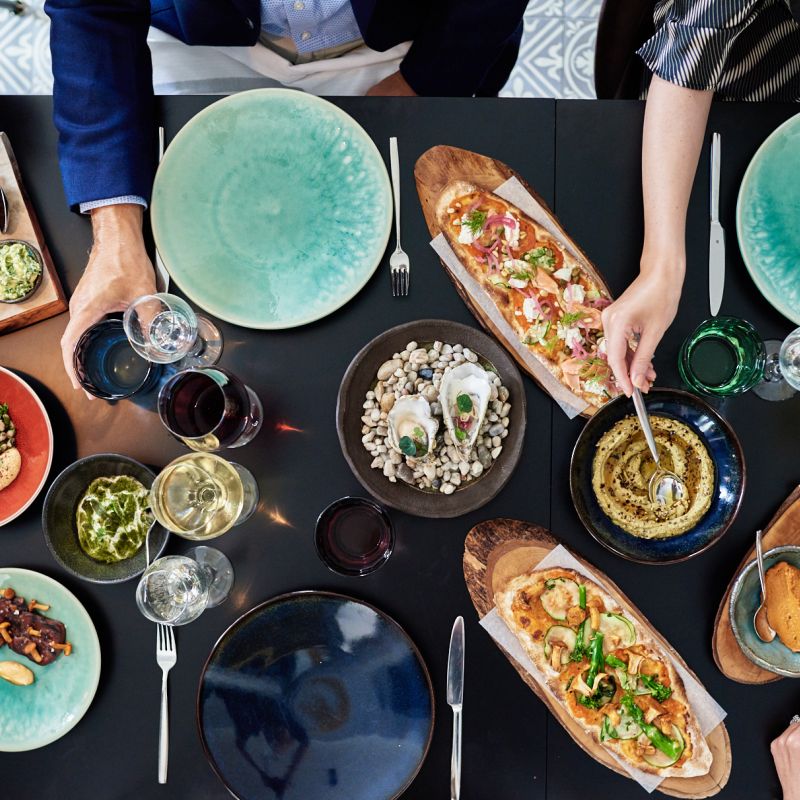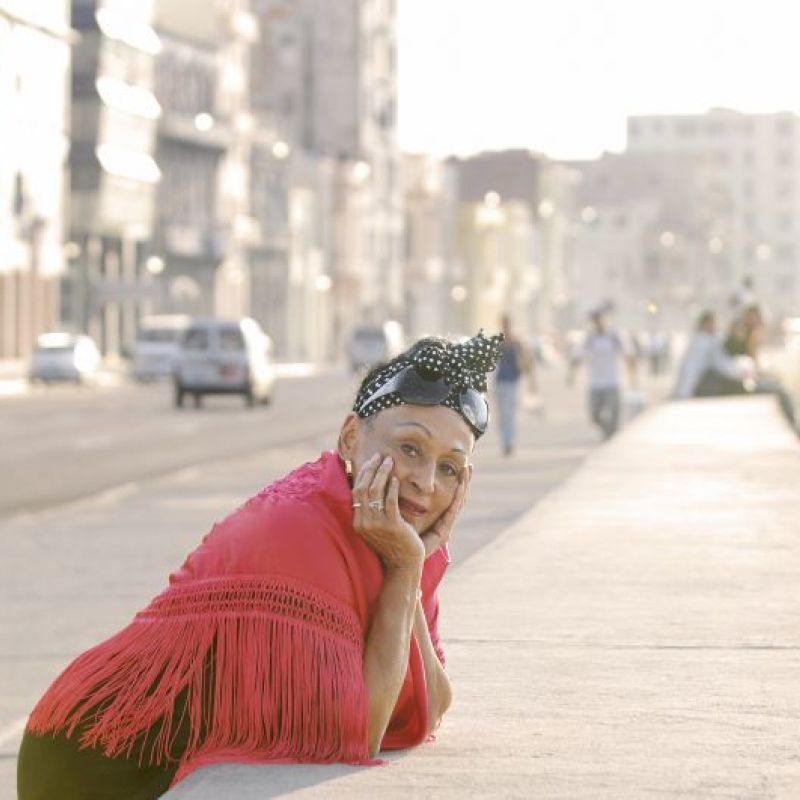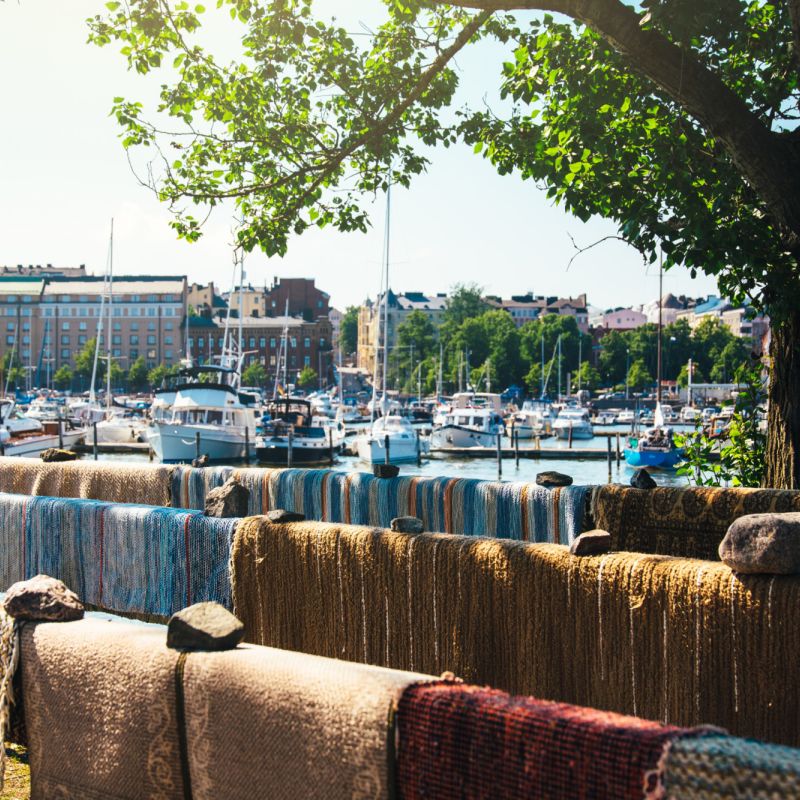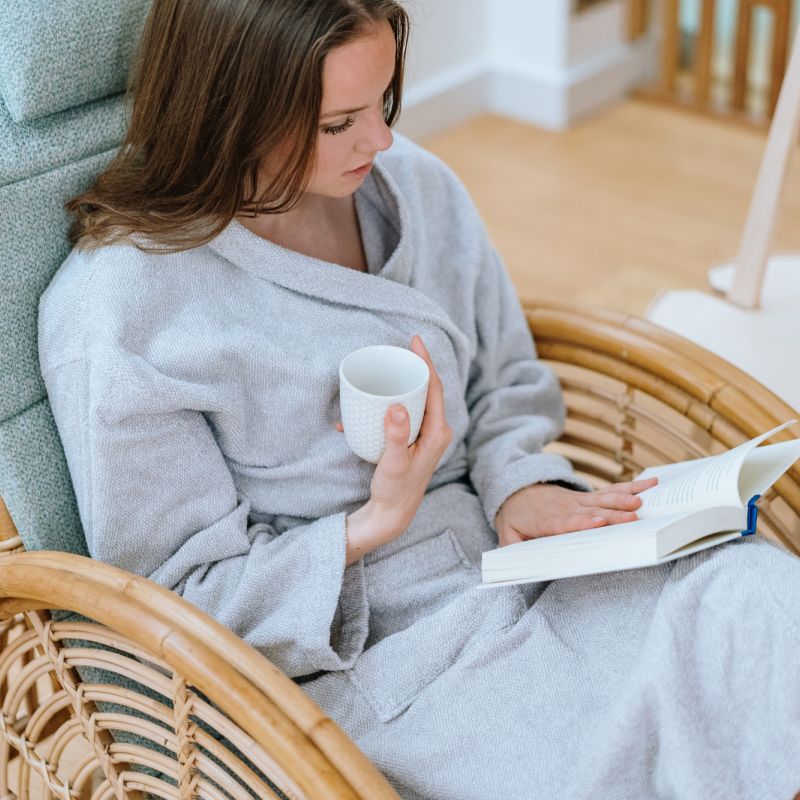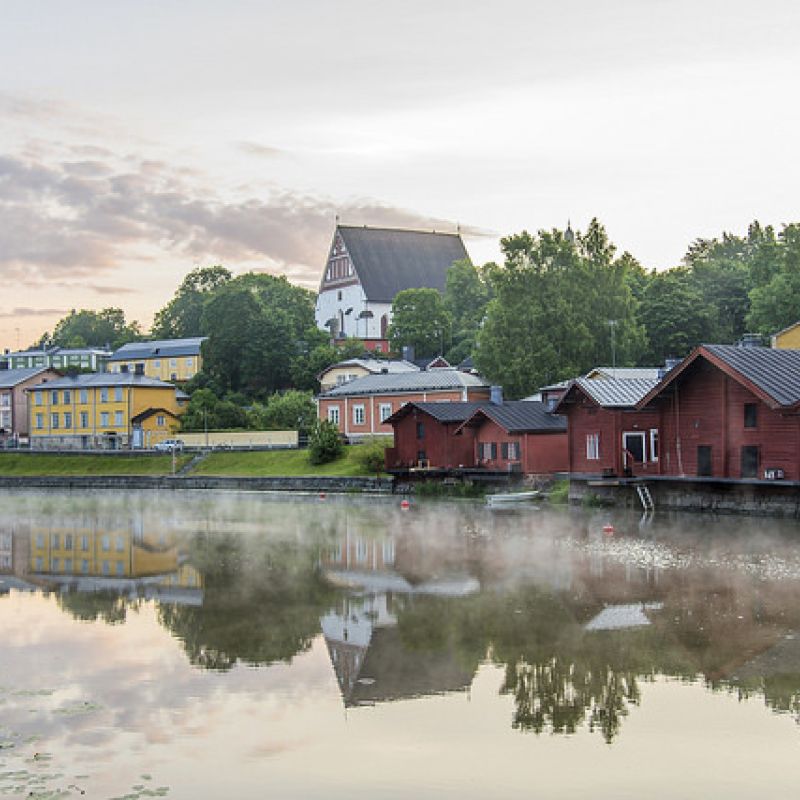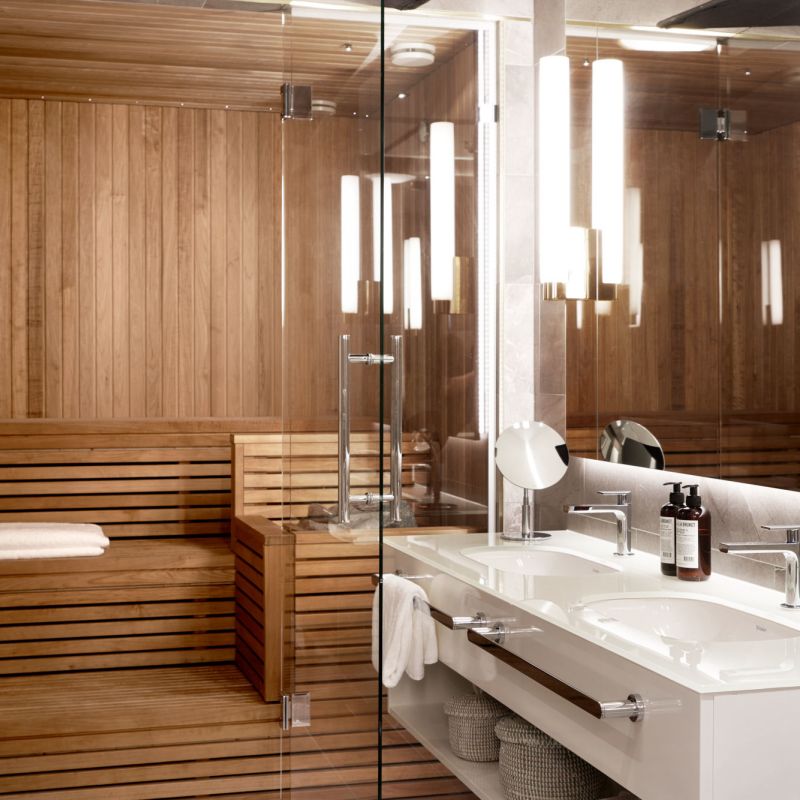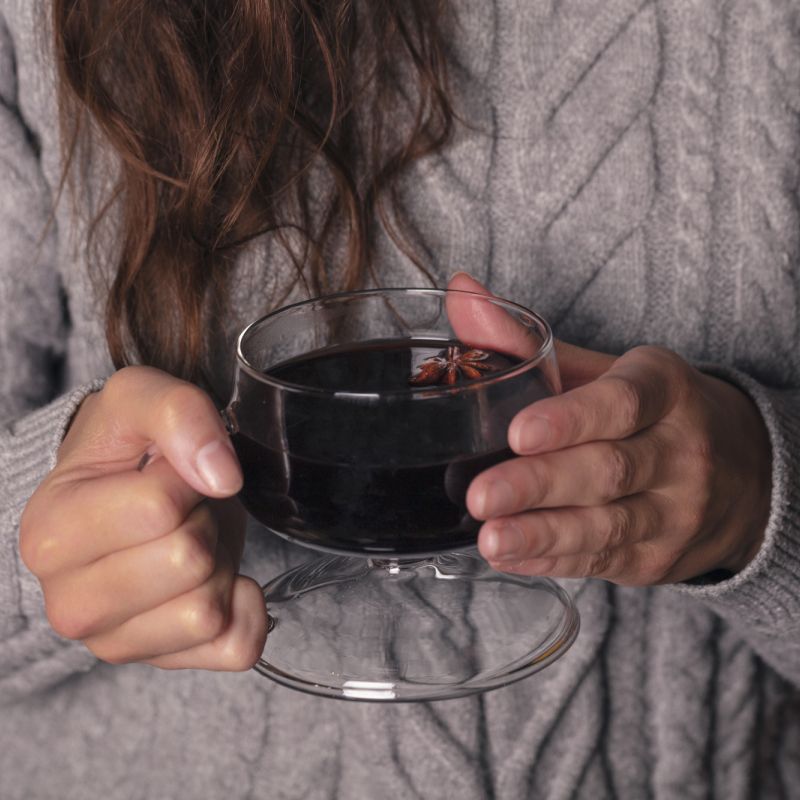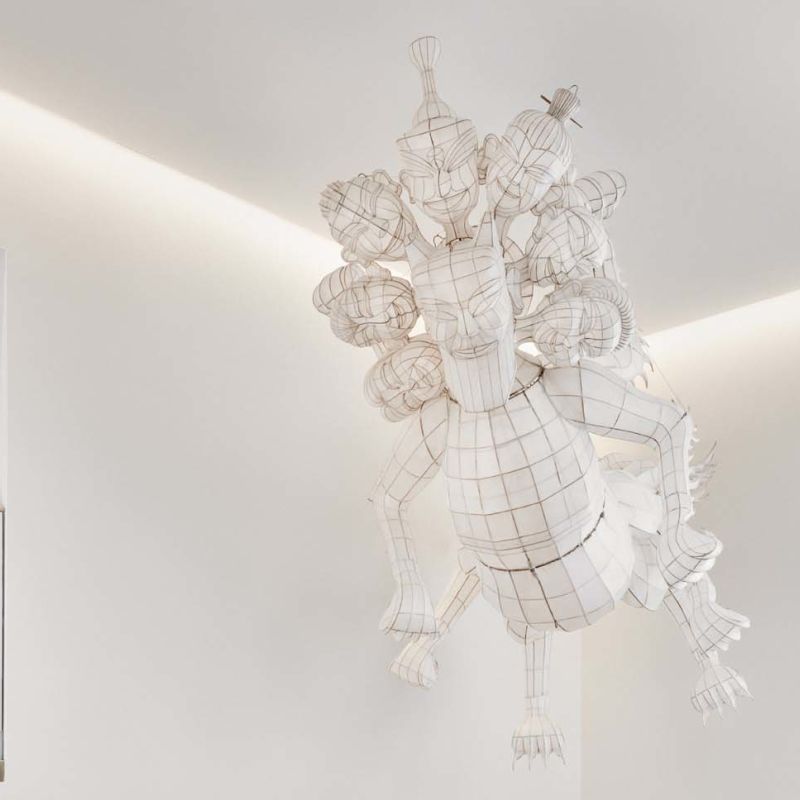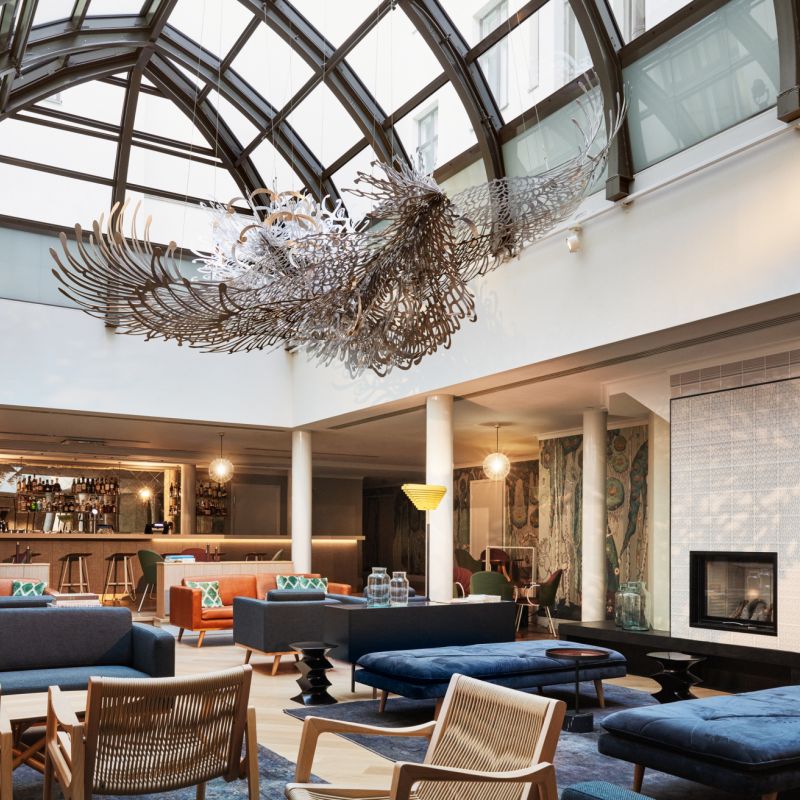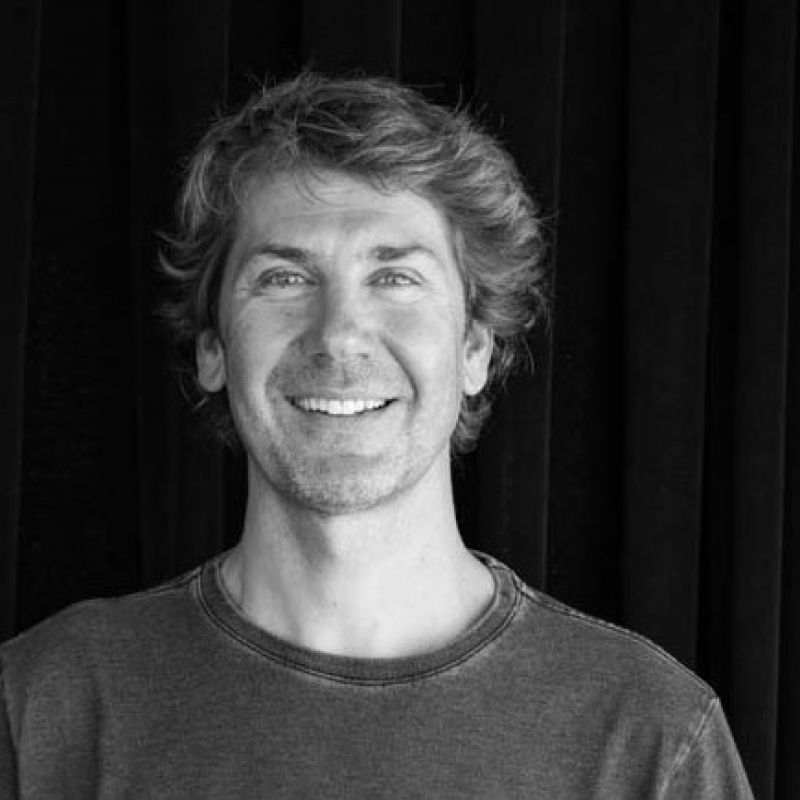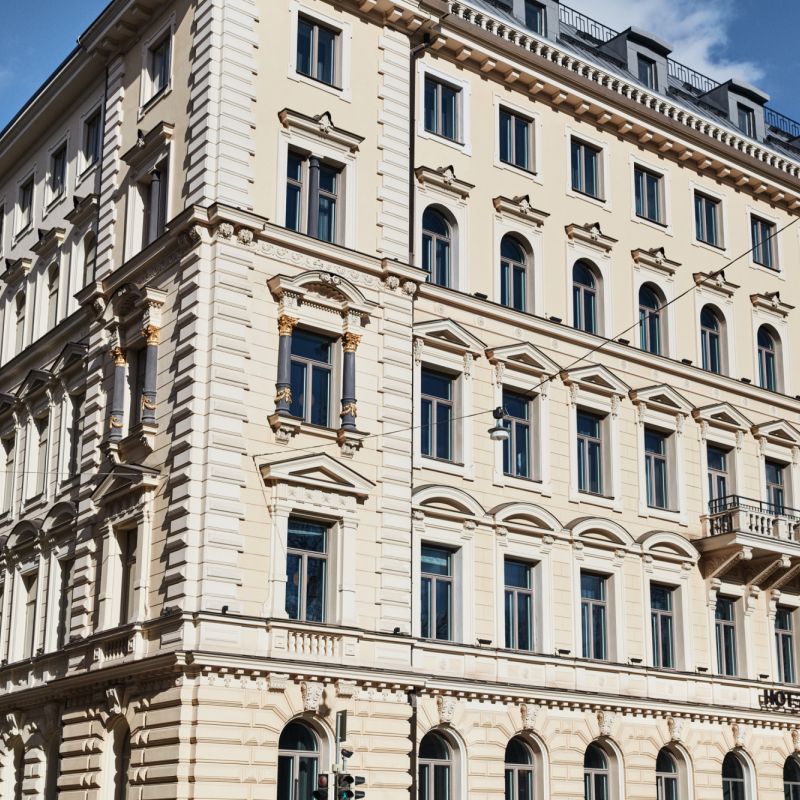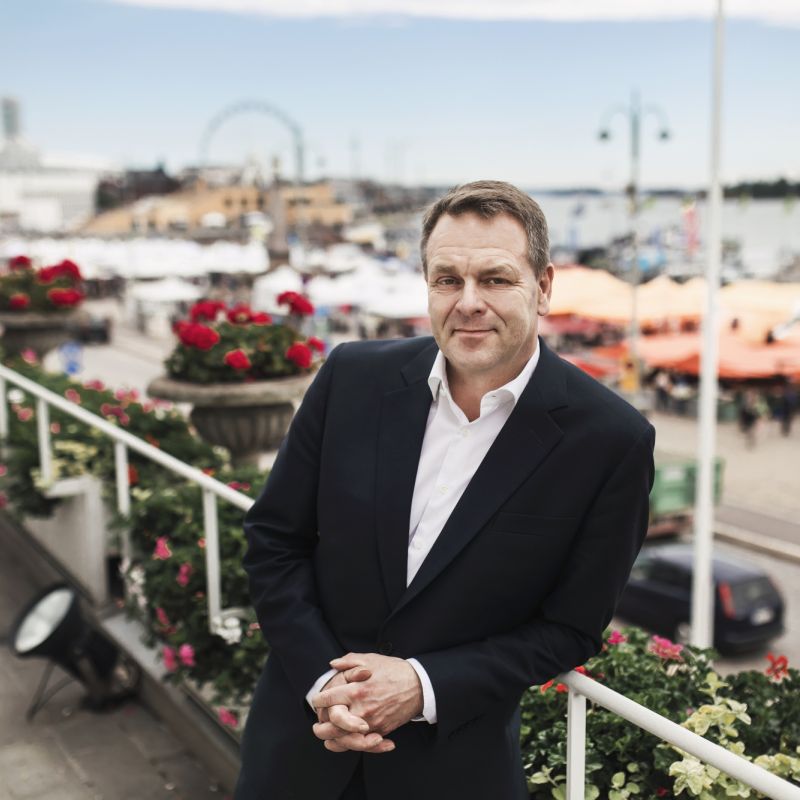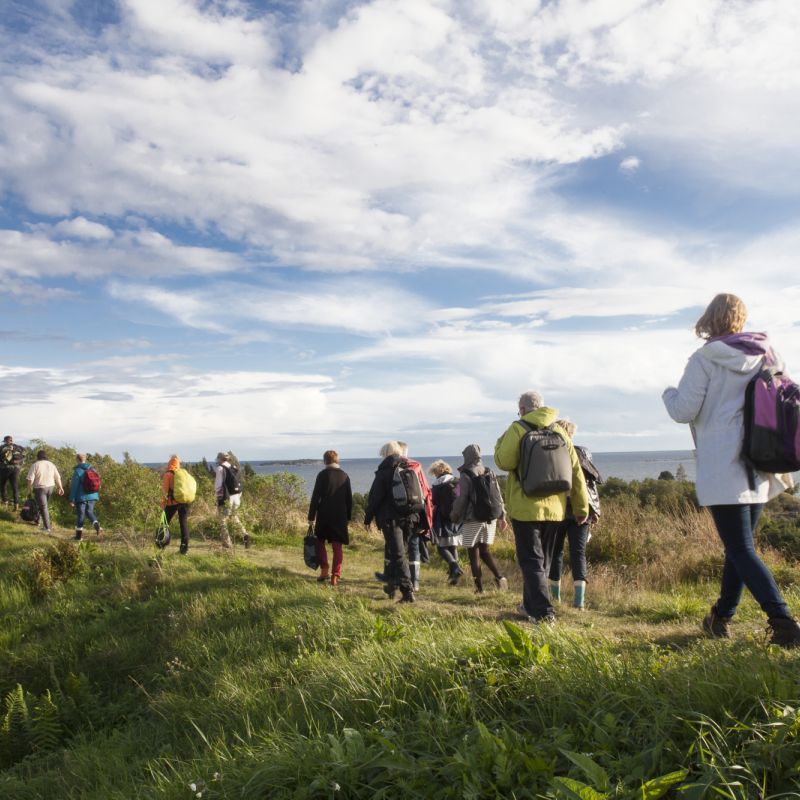Helsinki Design Week 5–14 September – Can human happiness be designed?
The largest design and architecture festival in the Nordic countries, Helsinki Design Week, is celebrating its 20th anniversary year. The festivities are kicking off with a bang under the theme Celebration. The festival spreads its programme celebrating design into the prosperous Suomitalo building, neighbouring the festival collaborator Hotel St. George.

The anniversary events welcome international guests, along with new and old friends, to Helsinki CBD and Suomitalo to join in on celebrating Nordic design. In addition, the festival will see curator, researcher, and educator Anniina Koivu curate a main exhibition that tackles the question: can happiness be designed?
“I believe the Designing Happiness exhibition celebrates Helsinki Design Week’s anniversary by asking what actually creates happiness in our body and brain. It then goes on to question whether happiness can be designed, showcasing design examples, immersive experiences and critical reflections on the science of happiness,” Koivu explains.
Designing Happiness – from Science to Sensation
According to curator Koivu, the exhibition begins with something that the researchers describe as the “happiness cocktail”, and refers to the chemical formula of joy that is composed of four key hormones. Here dopamine, serotonin, oxytocin and endorphins act as chemical messengers that travel through our bodies, influencing how our brain and nervous system responds to different instances and experiences.
The hormones are triggered by things such as the amount of light, music, exercise, nature, smiles and laughter, certain food items like sugar, collective rituals, altruism and acts of kindness.
“These things will loosely form the basic chapters of the show. Alongside natural and designed triggers, we will also take a critical look at the so-called science of happiness–a multimillion dollar industry. We will obviously do so very seriously but with a tongue in cheek attitude,” Koivu says.
Light, Music and Togetherness – Everyday Triggers of Joy
The curator believes that Finland and Helsinki in particular, will prove an interesting point of contact for conducting such research in the topic. The country is, after all, ranked as the happiest by the United Nations World Happiness Report, for the eight time in a row.
“There is this question of happiness associated with Finland–and that question has not yet been dealt with from a design-perspective,” Koivu reminds.
“While science has not been able to really point out the actual cause for happiness, no formula that really exist, regardless of the hormone cocktail and its surges, the open question remains: Can happiness really be brought down to the results of a survey–or even a mathematical equation as proposed by Jeremy Bentham of late 18th and early 19th centuries?”
Koivu refers to the English philosopher, considered one of the founders of utilitarianism or the ethical theory that actions should be judged by their consequences and the amount of happiness they produce. Something that he quantified by the Hedonic Calculus, a method for evaluating the moral worth of an action by calculating the amount of pleasure or pain it is likely to cause. Also referred to as “the happiness equation”.
“I doubt it! However, if we carefully look at the single triggers that get the happiness hormones going, it does not take much of science to understand what makes us happy.”
The exhibition looks at things like sunlight in light therapy, as mood boosters, as a prescription to depression–a solution already found in the field of design. Or music with playlists boasting happy songs that give us frisson, or aesthetic chills also known as psychogenic shivers very similar to goosebumps.
“We want to look into frisson, regardless of genre, to see where changes in rhythm and crescendos come to play so that the outcome is an emotional reaction to the music,” Koivu says.
Ultimately, the team will look at the concept of interaction between human communities to see where happiness might lie. “I love the aspect of Finnish ‘talkoo’, an event that does not even translate into English, where whole communities gather to care for something that they own together like a private road or a garden. Communal work that solves a community-based problem.”
A City That Breathes Happiness
The exhibition will investigate the cityscape of Helsinki, exploring its public spaces to make them more pleasurable to residents and visitors. The team will assess parameters such as the close proximity to the sea and the surrounding forests, the lack of hostile architecture and the possibilities of car-free cities for what Koivu describes as “urban space design that is going back to human-scale and becoming more human-centered”.
Eventually, happiness might depend on aspects such as top-notch public transport or the fact that cities need to be built for anyone, whether you are moving on foot or in a wheelchair.
“Cities could be separated into 15-minute segments that form small communities that are connected to each other like satellites,” Koivu confirms.
“Happiness as a word is quite tricky–it involves parameters like transport, housing and healthcare but I believe here it serves more as a conversation starter. Something used to describe satisfaction and fulfillment.”
As the exhibition looks at the aspects of happiness through confirmed contributions by for example, Eero Aarnio, Erwan Bouroullec, Achille Castiglioni Foundation, Com-pa-ny, Isabel+Helen and Oiva Toikka, it aims to make the visitor leave with a smile on their face.
“I would hope for each visitor to reflect on what makes them happy personally. For example, my grandmother used to always ask me whether I was happy at work. She used to say that, if you are happy, it shows. I believe that to be true.”
“In the exhibition we aim to create a positive environment for us to collectively try and do good. Because in today’s world, there is a need for resetting our being. We should try and stop to find some answers. The solutions might be smaller than we think.”
Helsinki Design Week & Hotel St. George
HDW’s Designing Happiness Main Exhibition confirmed design collaborations include: Eero Aarnio, Erwan Bouroullec, Achille Castiglioni Foundation, Com-pa-ny, Stefano Giovannoni, Thélonious Goupil, Isabel+Helen, Chris Kabel, Jacob Kouthoofd Martensson, Frederik Mahler-Andersen, Paula Pääkkönen, Adrien Rovero, Brynjar Sigurdarson, Oiva Toikka and Clara von Zweigbergk.
The Main Exhibition will take place in Suomitalo, across the street from St. George (Lönnrotinkatu 5). HDW’s main venue will be open throughout the festival from 5 to 14 September, daily from 11am to 7pm and most evenings until late. Tickets (€15/€7) will go on sale in August. The full programme is available at helsinkidesignweek.com.
Hotel St. George is a programme partner of the festival. Moments of happiness can be enjoyed in the Winter Garden cocktail bar, while the St. George Bakery offers a perfect setting for breakfast and pampering treatments can be enjoyed in the St. George Care Spa. The code HDW20 offers a 20 % off on accommodation bookings until 30 September 2025 when booking on Hotel St. George website.
Summer Moments in Helsinki
St. George Special
Experience the most magical summer in Helsinki. We welcome you to enjoy your unforgettable moments in Hotel St. George with our special offer – hotel nights now starting from 250 €. Book by 11 June 2025.
Read More & book
Read next



